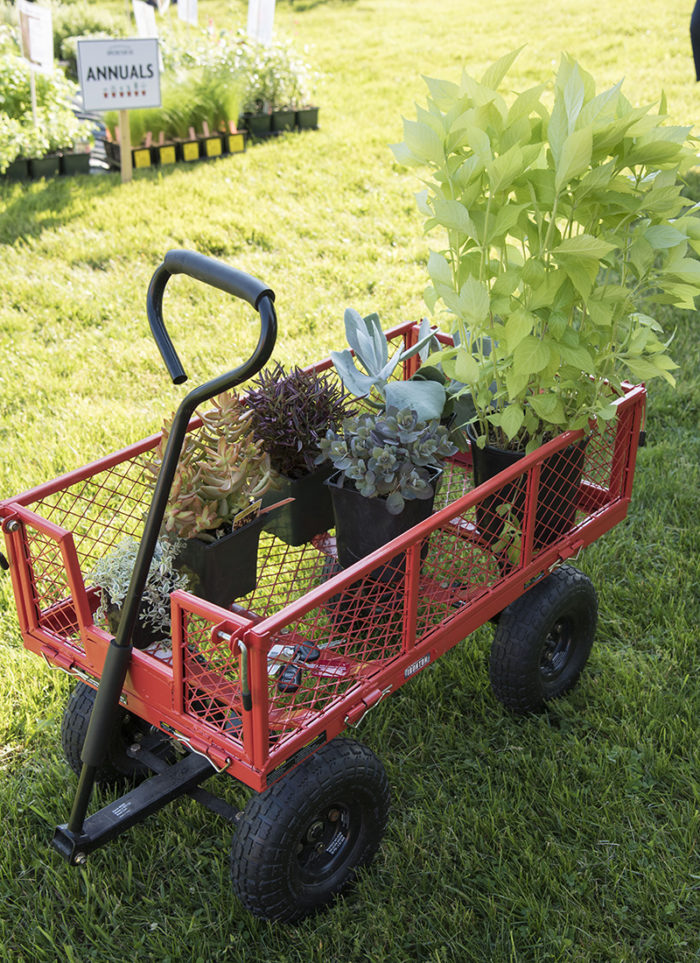
Shop local. With the health and safety of everyone being paramount right now, many garden centers and other plant sellers have adapted their practices by adding curbside pickup and home delivery (free, in some cases). By ordering via phone or online, and prepaying with a credit or debit card, we can help these merchants keep our business and theirs. In making a pickup, just open your trunk or hatch and let them load you up, all while exchanging kind words and smiles from a safe distance.
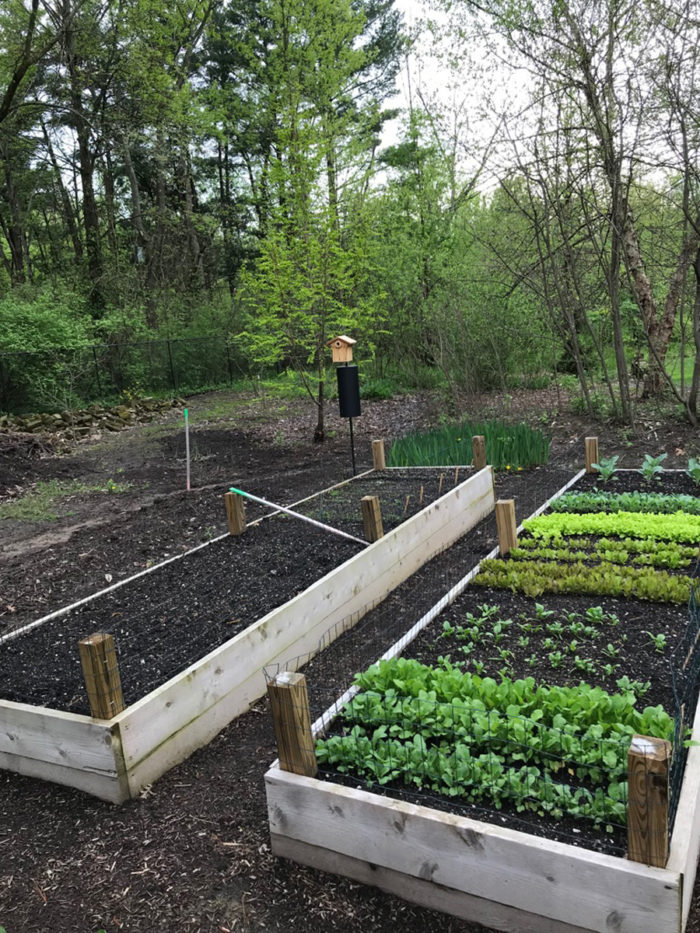
Grow more food. What was already increasing in popularity has taken on greater importance in this day and age. Incorporate edibles either through dedicated fruit, vegetable, and herb gardens or by planting them next to annuals, perennials, trees, and shrubs. If you end up with more than you need or can use, there are always friends, neighbors, and organizations that can repurpose your abundance. Remember to space correctly or thin as needed so that plants can mature properly. Include nectar sources to attract beneficial insects, and use protection such as fencing or netting to exclude pests. Use a staggered planting schedule that allows for ripening at different times and swapping of cool- and warm-season crops as weather dictates.

Tackle invasives. Determine how much effort will be required, and correct ongoing problems in a troublesome spot or two. If you are tired of fighting wintercreeper (Euonymus fortunei, Zones 4–9), Amur honeysuckle (Lonicera maackii, Zones 3–8), or any number of other invasive species that never seem to stop their assault, strong action may be necessary. It’s certainly preferable to start with the most environmentally friendly approach, beginning with physical removal of the offenders with the recognition that disturbing the soil often results in additional seed germination. If needed, move toward other mechanical control methods such as smothering or solarization, but in some instances you may have to consider biological or chemical controls. After treatment, continue to observe the area for an adequate period of time to ensure that the problem has been eliminated. Better to hold off on replanting with desirable plants than to have wasted a lot of effort.
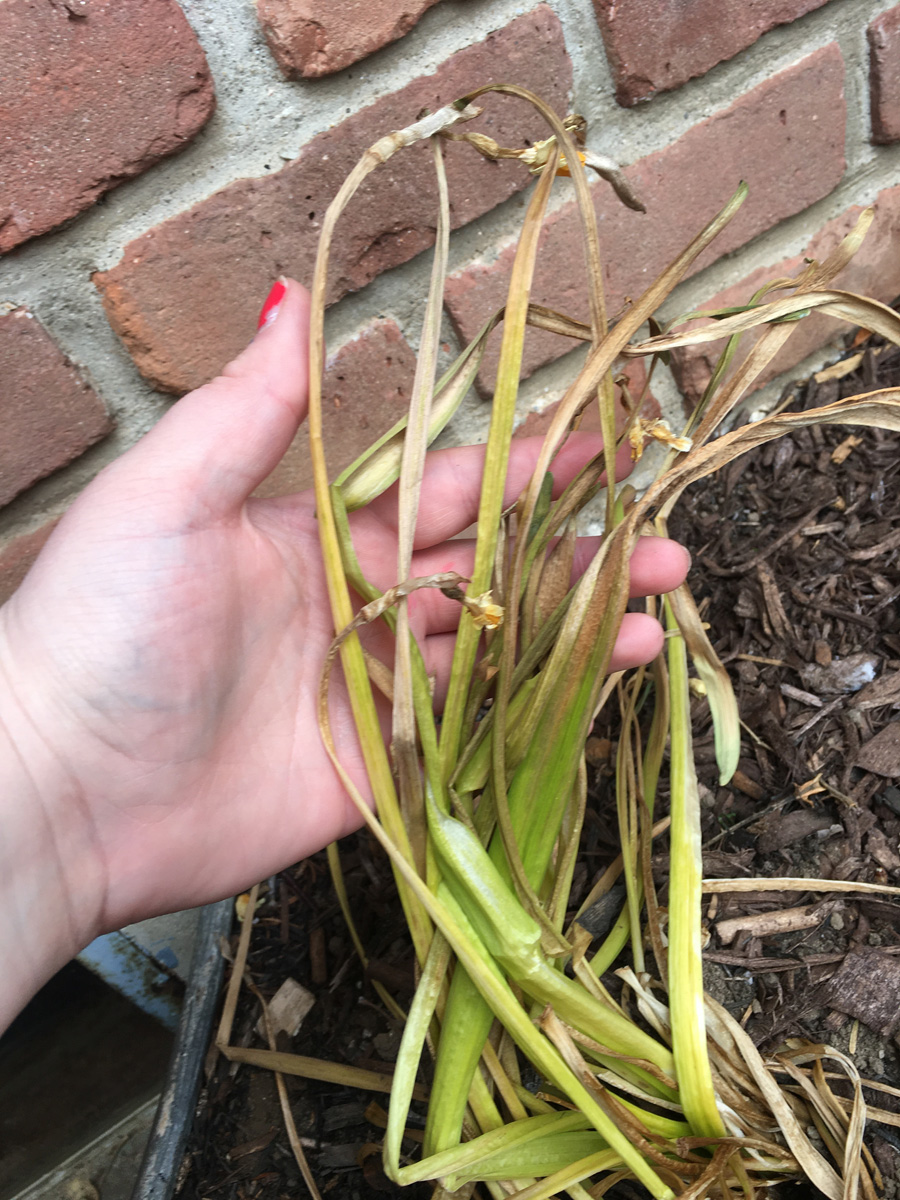
Don’t cut back bulb foliage. As you continue to clean up in the garden, avoid the temptation to remove the foliage from spring bulbs after they finish flowering. Until the green fades to yellow and brown, the leaves continue to feed the bulbs. Something you’ve probably seen with daffodils (Narcissus spp. and cvs., Zones 3–9) is someone using a bit of the straplike foliage to tie a pretty little bow around a clump. This just ends up damaging the leaves and reducing their ability to manufacture the nutrients that will nourish the bulb for the following year’s show. Go ahead and deadhead, though, as this will direct energy to the roots and leaves rather than into fruit and seed production.
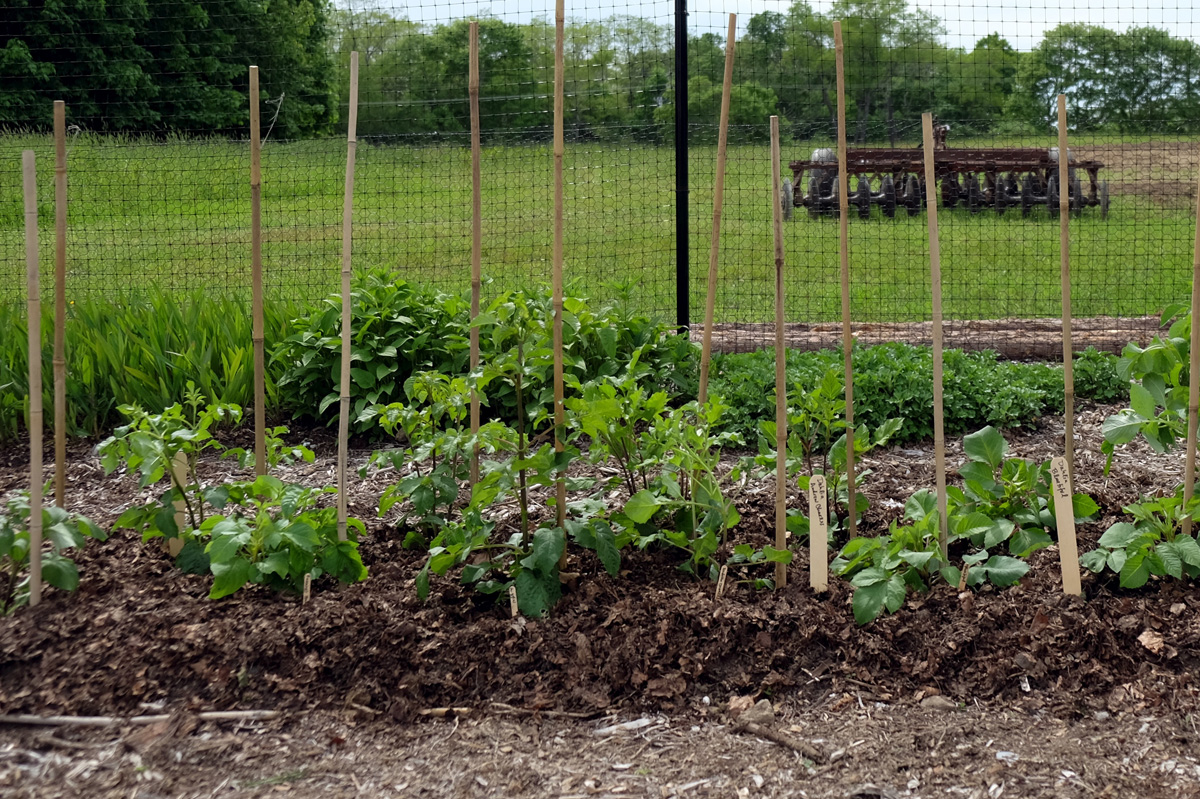
Mulch. Benefits of mulch include weed suppression, soil moisture conservation, and temperature moderation. However, consider how much leaf litter and garden debris you really need to remove, because leaving this natural mulch in place can provide the same benefits with less time, effort, and expense. For example, certain conifers may not need much mulch if their shed needles are left in place.
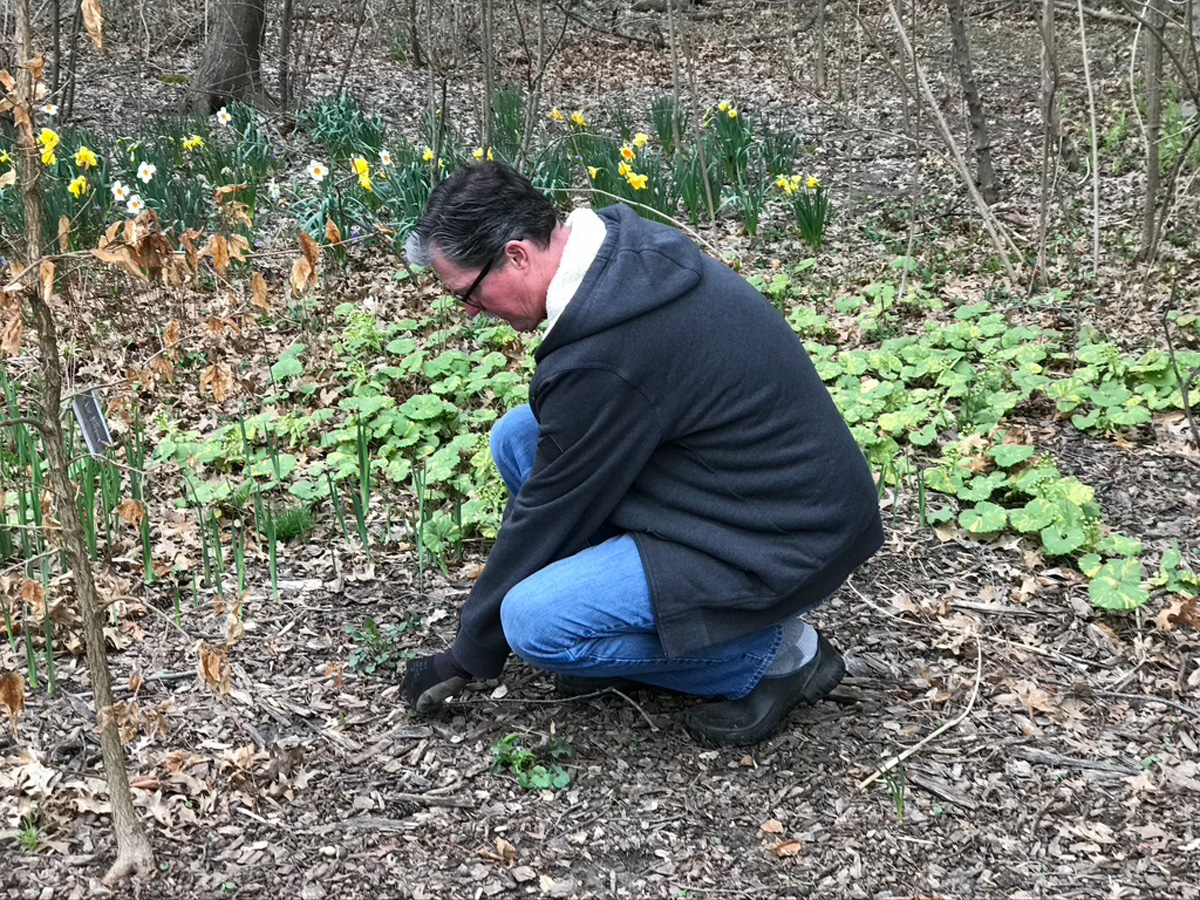
Take care of yourself. Being outdoors and in the garden has restorative powers for all of us. These days, we may find we are spending a lot more time in our own gardens, which brings comfort and happiness but also carries a risk of exhaustion and even injury. Be sure to take the time to regularly counteract the effects of the strange body positions we put ourselves in to accomplish all we want to get done while gardening. Bending, lifting, repetitive motions, and the like can lead to muscle soreness, or even worse. Drink plenty of water, stretch, and even take a walk to give yourself a break and to help you focus on what your body is telling you. Don’t forget proper clothing and safety equipment when working with certain tools or around plants that can scrape, poke, or otherwise draw blood.
—Jim Kincannon is a graduate of the School of Professional Horticulture at The New York Botanical Garden where he also earned a certificate in landscape design. He is a Master Gardener and was a horticulturist at Newfields in Indianapolis where he now volunteers.
Fine Gardening Recommended Products

A.M. Leonard Deluxe Soil Knife & Leather Sheath Combo
Fine Gardening receives a commission for items purchased through links on this site, including Amazon Associates and other affiliate advertising programs.






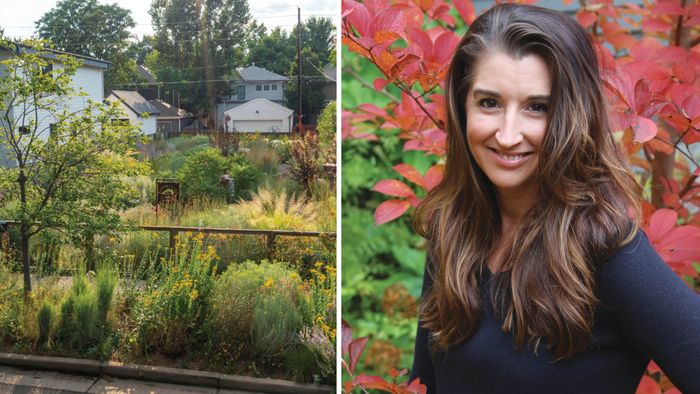












Comments
Log in or create an account to post a comment.
Sign up Log in